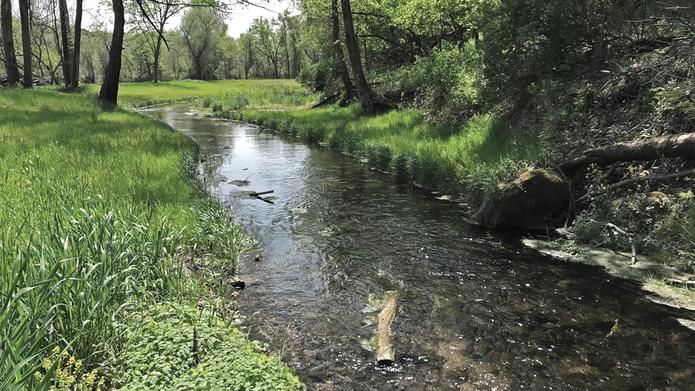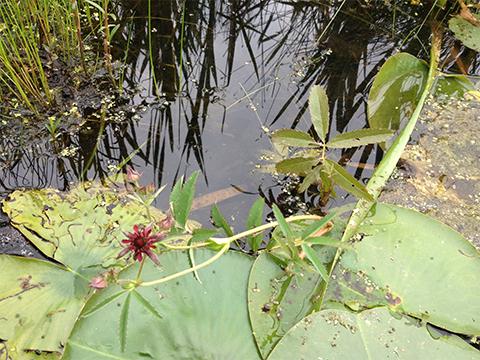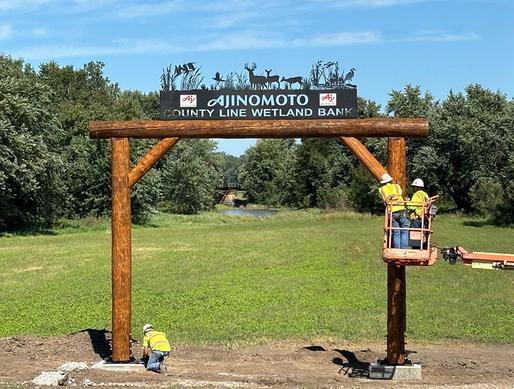
Miesville Ravine Eco-Restoration & Management Plan
Miesville Ravine Eco-Restoration & Management Plan
EOR recently completed two projects within the Miesville Ravine Park Reserve, working with Minnesota Trout Unlimited (including support from Outdoor Heritage Funds) on the in-stream, riparian restoration and with Dakota County Parks on the Natural Resources Management Plan.
The Miesville Ravine Park Reserve contains diverse and unique natural features including oak savanna, bedrock bluff prairie, mesic hardwood forest, sedge meadows, groundwater springs, and Trout Brook - a coldwater trout stream. Both the Trout Brook stream restoration and the Park Reserve's Natural Resources Management Plan collectively serve to preserve and restore the aquatic habitat and diverse native plant communities, while also enhancing connectivity and expanding a mosaic of habitats that supports numerous rare species discovered in the Park Reserve.
In total, 5,600 LF of stream habitat was restored using bioengineering practices such as talus slope benches and rock outcrop refugia. Other habitat enhancement features included vernal pools, snag trees, brush pile dens, and nesting banks for aquatic biota. The project also included over 10 acres of invasive species removal and seeding of native vegetation. Additionally, special stream construction techniques were employed upon the discovery of a state-threatened plant which required meticulous delineation of existing populations and successful transplanting of plants within the work area.
EOR implemented an integrated restoration design and developed innovative ecological management techniques to preserve diverse native plant communities and restore a resilient riparian corridor that intimately aligns with the County’s mission of “conserving and preserving for all the unique natural features, fauna, and flora for future generations to enjoy and access”.

Client Benefits
- Restored trout stream and eco-habitat for a variety of species
- Reused harvested invasive trees for bioengineering practices
- Bioengineering practices designed for the unique forested ravine
- Navigated the presence of a state-threatened plant species & propagated additional plants at the MN Landscape Arboretum
Project Awards
- 2025 ACEC-MN Engineering Excellence Honor Award
- view project poster here



